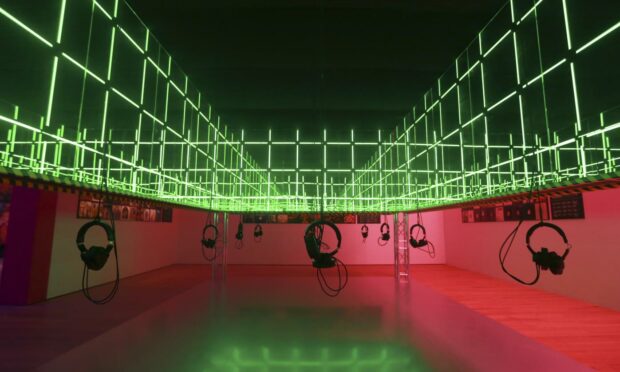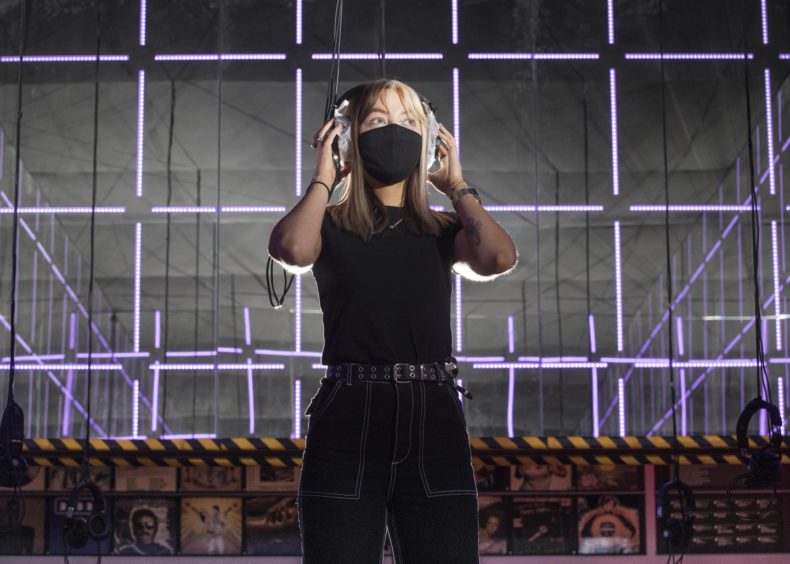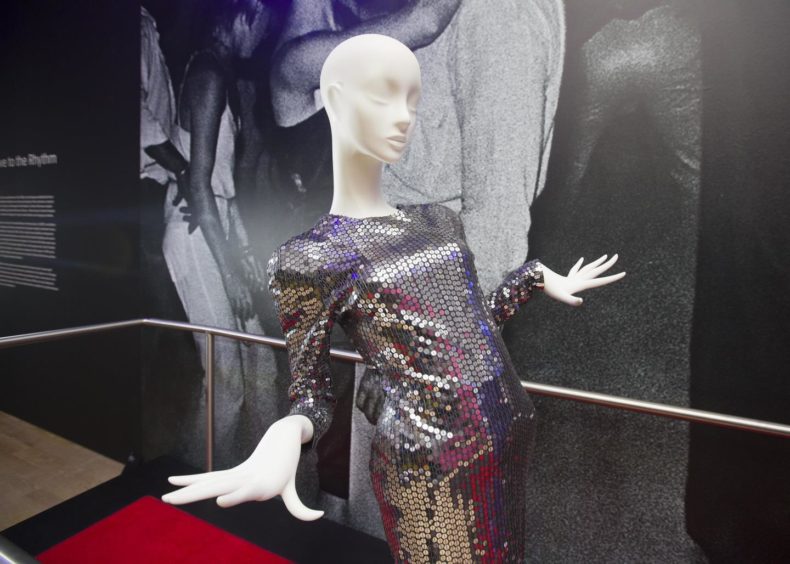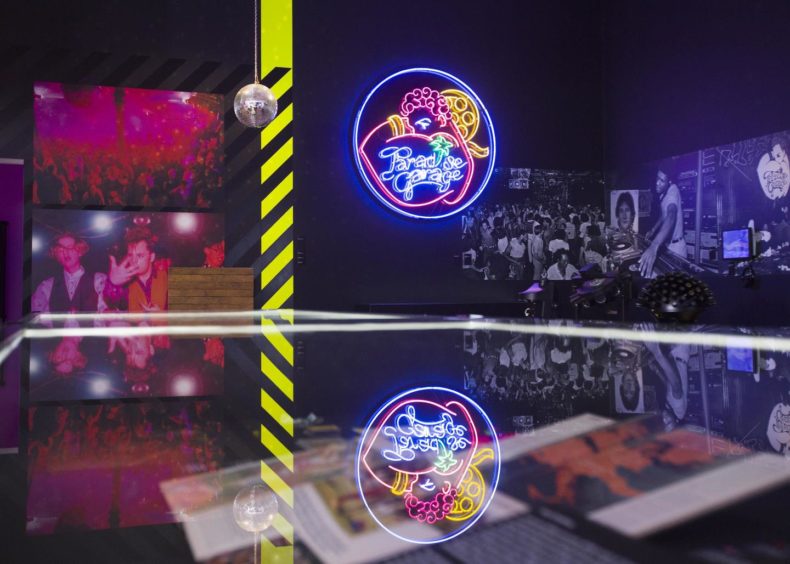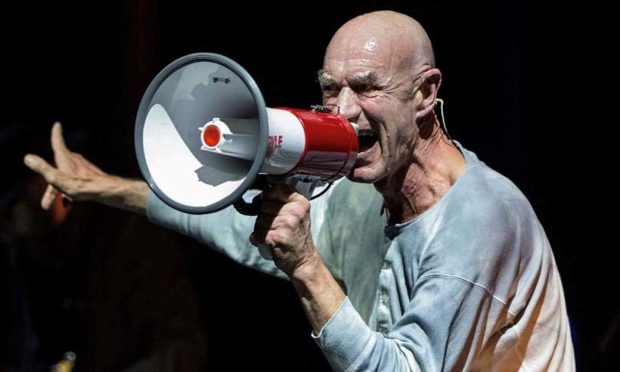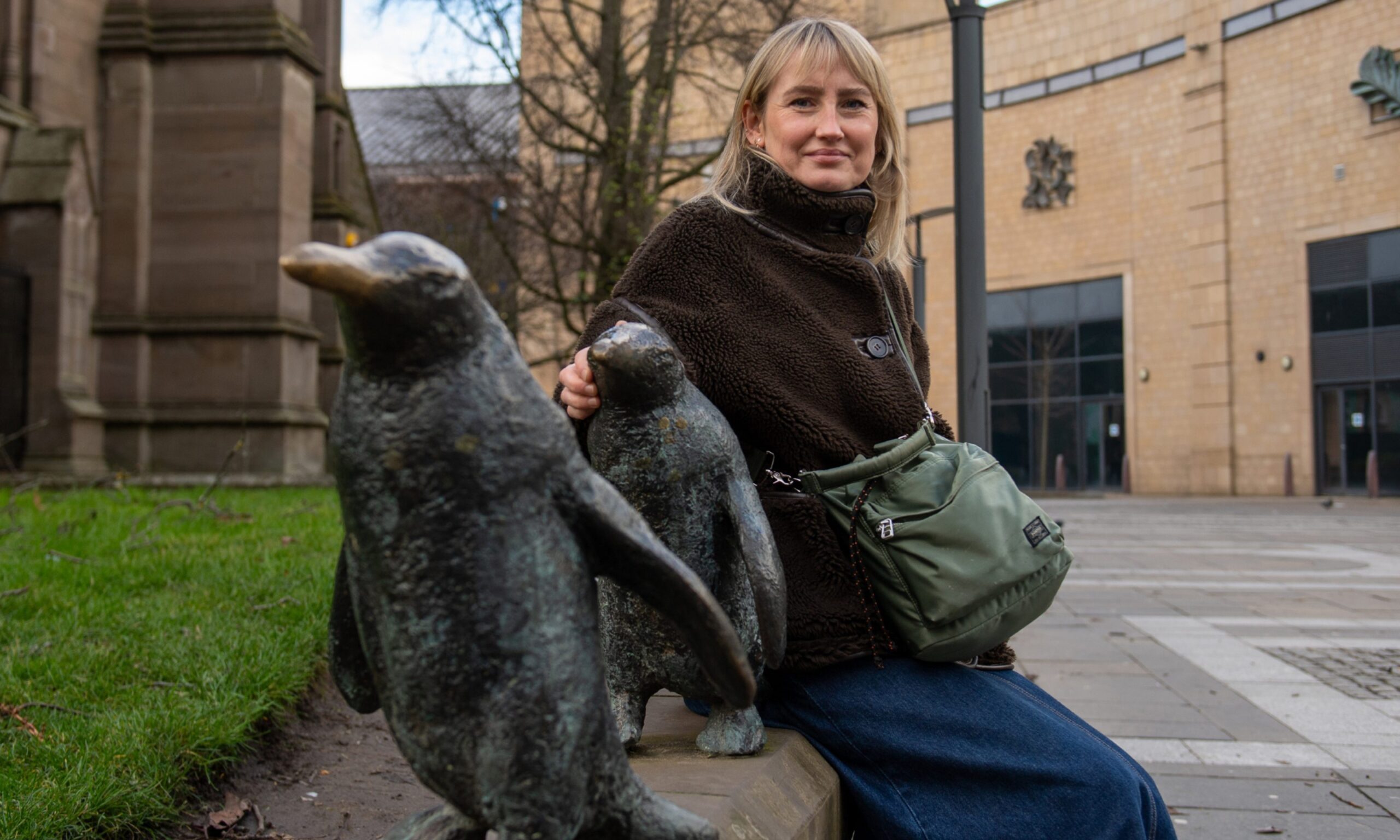Anyone who has already seen Night Fever, V&A Dundee’s current exhibition about the history of nightclub design, must have already felt a pang of nostalgia for their own clubbing youth or a sense of loss for an experience which is currently closed off to a generation.
For those who have found their appreciation of the places, people, music and culture involved in the nightclub scene over the years blossoming because of Night Fever, the next weeks will showcase a range of excellent and comprehensive online talks which go behind the scenes both of the exhibition and the social movements which inspired it.
Close to home, A Defining Decade: Scottish Clubs 1987-1997 (Wednesday June 30) sees Kirsty Hassard, curator of the Scottish element of the international exhibition, in discussion with cultural historian and Glasgow School of Art Research Fellow Mairi MacKenzie about the effect the boom in house music-inspired club culture had upon this country.
“Like most people, clubs played a large role in my formative years,” says MacKenzie.
“I used to work for the Tunnel and the Volcano (in Glasgow) handing out flyers, and used to work as a dancer from time to time. Clubs are where I met a lot of my friends, and I’m pretty sure I went out every night from the age of 17 until about 22 or 23.
Nightclubs bring so many things together
“Nightclubs were and are such important cultural spaces, and they bring together many disparate elements – music, architecture, graphic design, lighting and fashion – to create something that’s often greater than the sum of its parts.
“From an academic point of view this rich layering of elements and meanings make them of great interest, and they can be analysed from a number of historical perspectives – economic, cultural, social, design, architectural, and so on.”
The period from 1987 to 1997, she says, saw a huge transition in nightlife, one which Scotland adapted to in its own way.
From ecstasy to Thatcherism
“The new sounds coming out of Chicago, Detroit, and Europe – as well as the influence of ecstasy – had a huge impact on the way that clubs operated and people partied,” says MacKenzie.
“In addition, the political backdrop of late Thatcherism, the poll tax riots, the Criminal Justice Act, the deindustrialisation of large parts of the country, and changes in technology that affected the way music was made, all contributed to a particular sensibility.
“I’m fascinated by cultures that evolve beyond their original location, and the unique characteristics they develop along the way,” she continues.
“To see something like techno transposed to Scotland and for it to thrive, be appreciated on its own terms and then create entirely new cultures is wonderful. It’s not solely a Scottish phenomenon, but I think there’s something particular about the development of Scotland’s nightclubs, and that is – for want of a better term – how ‘up for it’ Scottish people are.”
Clubs, Society and Joy: In Conversation with Jeremy Deller and Vinca Petersen (Thursday July 8) will bring together two featured artists whose work is explicitly concerned with club culture, in conversation with Dr Catharine Rossi of Kingston School of Art in London, one of this exhibition’s original curators.
“Both artists’ work is very different, but they share this interest in documenting the collective, ephemeral experiences of club culture, which is one of the things we wanted to do with the exhibition,” says Rossi.
“To talk about club culture and design is not just about T-shirts and graphics and permanent places, but also about designing these experiences of joy and togetherness, which is what both of their work explores in different ways.
The politics and the culture
“Vinca’s A Life of Subversive Joy manages to document all the madness of someone’s experiences in rave culture in the UK and abroad, and Jeremy’s film Everybody in the Place is a fascinating work about the nostalgia that’s imbued in rave culture and how we document it, but it also reveals a lot of the politics that underpins rave culture.”
Other events include If I Can’t Dance It’s Not My Revolution (Tuesday July 7), which links into the Guerrilla Girls’ new billboard work The Male Gaze on Forfar Road, and looks at how we can make public spaces – including clubs – safe, and Behind the Exhibition: Night Fever (every Monday between July 5 and 26), which looks at the behind the scenes planning and construction of the show.
– Find more information on V&A Dundee’s series of online events related to Night Fever at www.vam.ac.uk/dundee/whatson
